A recent survey of 400 companies revealed that 13% had shaved at least 50% off their technology infrastructure costs by handing over responsibility for all, or part of, their IT services function.
Until recently, the choice was simple — managed services, or outsourcing. But the market has now shifted and smart providers are creating hybrid, flexible solutions that give clients ownership and control.
Managed services traditionally involve the provider lending the client manpower to carry out specific tasks, acting as an extension of their business and complementing the in-house resource. This can be via basing staff on site, by bringing in people when needed, or by providing support from provider premises.
A typical model might see ITPS managing systems admin while the client looks after customer and user support. Or we might provide a managed helpdesk function (either fix or refer back to the in-house team), where the client has the capacity to do the work in-house but prefers to enlist our help, saving their resource for other projects. Or a client might have an IT manager who creates and directs the IT strategy, while we implement it.
For instance, we recently managed a large scale Windows upgrade project for one of our managed services clients. We deployed a team of staff to 22 countries over a nine-month period, upgrading 400 applications and working with support from the client’s in-house team where needed.
Outsourcing is usually an extension of managed services, and typically sees the client hand over all IT responsibility to ITPS. We would then place a dedicated IT manager at the client site, to act as a bridge between the client’s management team and our support team — in essence, the client gets on with running the business while we run the IT.
In cases like this we become a fundamental business partner, attending board meetings, and defining and delivering the strategy.
The key to success is flexibility, and keeping the arrangement fluid. While some ‘old school’ providers still make clients choose between managed services or outsourcing, clients are seeking out partners with the ability to constantly adapt to their changing needs.
The benefits of external support are clear:
Control costs: you can accurately predict your IT costs, working on a fixed monthly fee basis rather than planning around the peaks and troughs of large capex and opex investments.
Prevention versus cure: your provider monitors the network and addresses potential problems before they arise so your users get a smoother service. And the knock on effect of preventing failures means fewer support calls are raised.
Data mining: this ‘always on’ monitored approach builds up historical data on performance and capacity, giving you a basis on which to make informed decisions about future upgrades and additions.
Strategic approach: with your provider handling backup and recovery, storage, security, service performance monitoring and other day to day maintenance of your IT environment, your in-house resource is free to focus on improving service, and making sure your infrastructure supports your business goals.
Improved planning: your provider is constantly on the alert for potential risk spots, such as hardware coming to the end of its useful life, or forthcoming software upgrades and flagging those up so you are always prepared.
Expertise: you have access to senior level technical expertise across a broad range of specialisms. With the increasing speed of evolving IT services and solutions, you never have to worry about staying up to date with emerging technologies that could benefit your business.
Flexibility: you can choose which elements of your infrastructure you manage in-house, and which will fall under the terms of the contract.
Working with a partner to keep your IT services in good health reduces costs, improves performance and reliability, and means less fire fighting and more forward planning.
All you have to do is chose the right provider.



